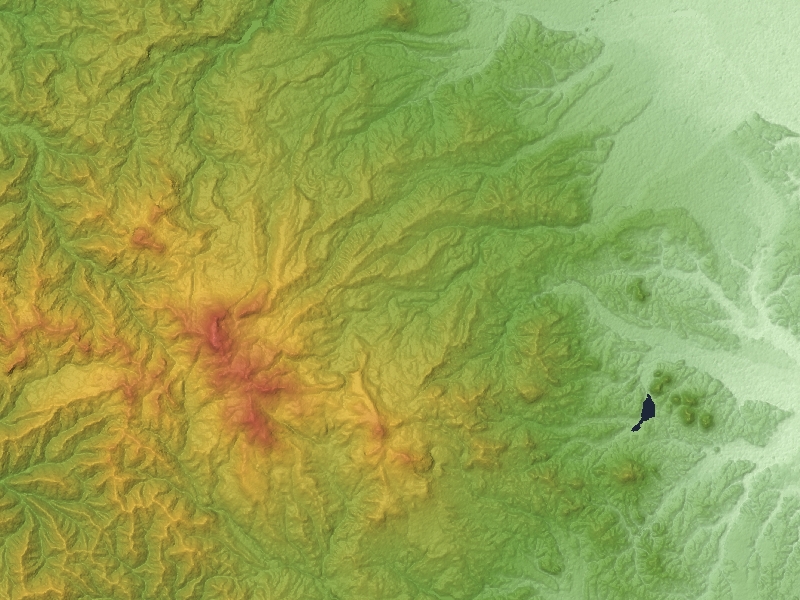Mount Funagata on:
[Wikipedia]
[Google]
[Amazon]
 is a mountain within the
is a mountain within the
 is a mountain within the
is a mountain within the Åu Mountains
The are a mountain range in the TÅhoku region of HonshÅ«, Japan. The range is the longest range in Japan and stretches south from the Natsudomari Peninsula of Aomori Prefecture to the Nasu volcanoes at the northern boundary of the KantÅ r ...
on the border of Miyagi Prefecture
is a prefecture of Japan located in the TÅhoku region of Honshu. Miyagi Prefecture has a population of 2,305,596 (1 June 2019) and has a geographic area of . Miyagi Prefecture borders Iwate Prefecture to the north, Akita Prefecture to the n ...
and Yamagata Prefecture
is a prefecture of Japan located in the TÅhoku region of Honshu. Yamagata Prefecture has a population of 1,079,950 (1 June 2019) and has a geographic area of 9,325 km² (3,600 sq mi). Yamagata Prefecture borders Akita Prefecture to the nort ...
in the TÅhoku region
The , Northeast region, or consists of the northeastern portion of Honshu, the largest island of Japan. This traditional region consists of six prefectures (''ken''): Akita, Aomori, Fukushima, Iwate, Miyagi, and Yamagata.
TÅhoku ret ...
of northern Japan. It is listed as one of the "200 famous mountains of Japan" and has a height of . The mountain is also known as when viewed from Yamagata prefecture.
Name
Several mountains around Japan are called "Funagata" due to their resemblance to the hull of a boat when viewed from certain angles. The name of "Mount GoshÅ" comes from a local legend that exiled Emperor Juntoku escaped from his prison on Sado island and lived in obscurity at the base of this mountain. Yet another legend states that the name comes from the five peaks of the mountain. This has also led to the term , which is used in the name ofFunagata RenpÅ Prefectural Natural Park
is a prefectural natural park surrounding Mount Funagata in western Miyagi Prefecture, Japan. First designated for protection in 1962, the park spans the Municipalities of Japan, municipalities of Kami, Miyagi, Kami, Sendai, Shikama, Miyagi, Shi ...
, although all five peaks are part of the same stratovolcano
A stratovolcano, also known as a composite volcano, is a conical volcano built up by many layers (strata) of hardened lava and tephra. Unlike shield volcanoes, stratovolcanoes are characterized by a steep profile with a summit crater and p ...
. The other peaks that compose the Funagata volcano include Mount Ushiroshirahige (å¾ç½é«ªå±±), Mount Mitsumine (ä¸å³°å±±), and Mount Izumigatake (æ³ã¶å²³). Izumigatake is the most famous of these mountains, with two ski resort
A ski resort is a resort developed for skiing, snowboarding, and other winter sports. In Europe, most ski resorts are towns or villages in or adjacent to a ski area â a mountainous area with pistes (ski trails) and a ski lift system. In N ...
s and several camping areas. Izumigatake is also the namesake of Izumi-ku, Sendai.
Mount Kurohana (é»é¼»å±±) was traditionally considered part of Mount Funagata; however, recent research has revealed that Mount Kurohana should be considered a separate volcano.
Geology
Mount Funagata is an activestratovolcano
A stratovolcano, also known as a composite volcano, is a conical volcano built up by many layers (strata) of hardened lava and tephra. Unlike shield volcanoes, stratovolcanoes are characterized by a steep profile with a summit crater and p ...
formed from the end of the Tertiary period
Tertiary ( ) is a widely used but obsolete term for the geologic period from 66 million to 2.6 million years ago.
The period began with the demise of the non- avian dinosaurs in the CretaceousâPaleogene extinction event, at the start ...
to the beginning of the Quaternary when the Åu Mountains were raised from the sea. Mount Izumigatake is the oldest peak, created around 1.2 million years ago. The current main mountain body was completed by repeated volcanic activity from 600,000 to 850,000 years ago. Mount Funagata is made up of andesite
Andesite () is a volcanic rock of intermediate composition. In a general sense, it is the intermediate type between silica-poor basalt and silica-rich rhyolite. It is fine-grained (aphanitic) to porphyritic in texture, and is composed predomina ...
, which is easily distinguished from the pigeonite basalt
Basalt (; ) is an aphanitic (fine-grained) extrusive igneous rock formed from the rapid cooling of low-viscosity lava rich in magnesium and iron (mafic lava) exposed at or very near the surface of a rocky planet or moon. More than 90% of a ...
that erupted from Mout Kurohana. The crater that produced Mount Izumigatake is located on a ridge between Izumigatake and Kita-izumigatake (North Izumigatake).
References
Bibliography
* * *External links
* * * * {{cite gvp, name=Funagata, vn=283876, access-date=2021-06-25 Funagata Funagata Funagata Funagata Subduction volcanoes Taiwa, Miyagi Kami, Miyagi Sendai Pleistocene stratovolcanoes